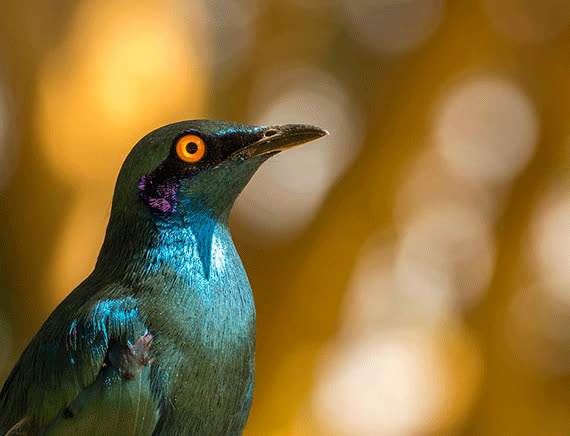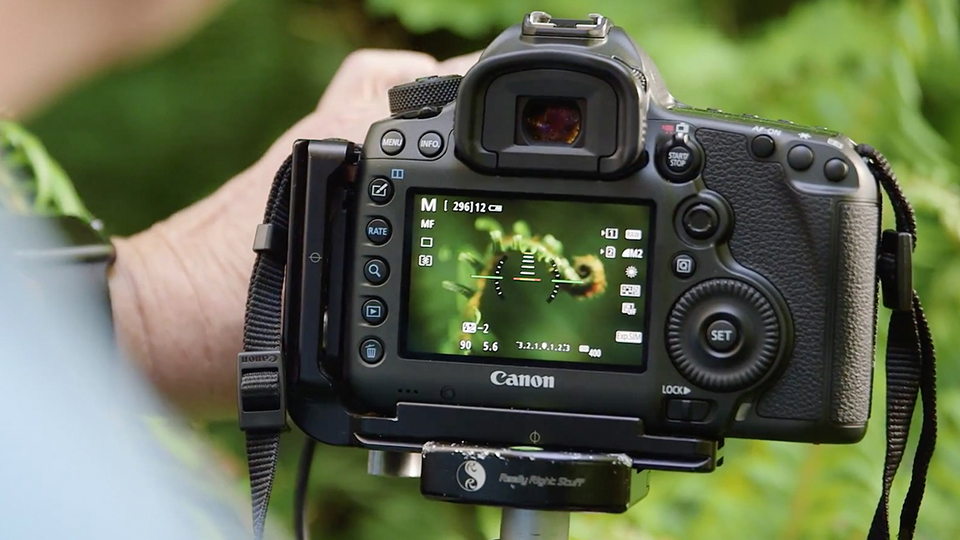Macro photography is a kind of photography that takes a lot of patience, skill, and care. It is the art of bringing a new level of beauty and detail to the world around us by capturing the tiniest and most intricate details of life. We’ll go over the most important tips and tricks you need to know to take stunning macro photos in this comprehensive guide.
Understanding Macro Photography
The art of taking close-up pictures of small objects, typically at a ratio of one to one or more, is known as macro photography. This indicates that the subject’s size in the image matches or exceeds the subject’s actual size in the real world.
In contrast to conventional photography, macro photography necessitates a specialized lens and frequently a tripod to stabilize the camera. In addition, macro photographers must be willing to get very close to their subjects and often use specialized lighting equipment or a macro ring flash to illuminate the scene.
Choosing the Right Lens

The lens is the most crucial piece of gear for macro photography. When selecting a lens for macro photography, there are a few important characteristics to look for. The magnification ratio, which is the ratio between the subject’s image size and its actual size in the real world, is the most crucial of these.
A lens with a magnification ratio of at least 1:1 is best for macro photography. The Canon 100mm f/2.8L IS USM Macro Lens, the Nikon 105mm f/2.8G VR Micro Lens, and the Sony 90mm f/2.8G OSS Macro Lens are among the most well-liked macro lenses available today.
Getting Your Tripod Setup

A tripod is an essential piece of equipment for macro photography because even the tiniest movement can blur the image. Make certain that your camera is securely attached to the tripod head and that your tripod is sturdy and well-balanced.
Pay close attention to the height and angle of the tripod legs when you set it up. It’s critical to get this right because it will affect how the camera is positioned in relation to the subject.
Lighting Your Subject

Lighting is an important part of macro photography because it can make a big difference in the final image. Use a macro ring flash or other specialized lighting equipment to illuminate your subject for the best results.
Be patient and wait for the perfect moment to take the picture when working with live subjects like insects. This could entail either waiting for the subject to remain still or for the light to hit the subject just right.
Stay Focused

Focusing properly is essential for macro photography because close-up shots frequently have shallow depth of field. This indicates that the remainder of the image will be blurry and only a small portion will be in focus.
Use manual focus and concentrate on a specific aspect of the subject to achieve the best results. Focusing on an insect’s eyes or a flower’s center might be an example of this.
Add Some Digital Magic
After you have taken your macro photos, the next step is to post-process them. The brightness and contrast can be changed, the image can be cropped, or selective focus can be added to make the subject stand out even more.
Conclusion Macro photography is a one-of-a-kind and gratifying art form that calls for a great deal of skill and careful attention to detail. You’ll be fine if you use the suggestions and methods in this guide.

Comments